American agave: description, planting and care features
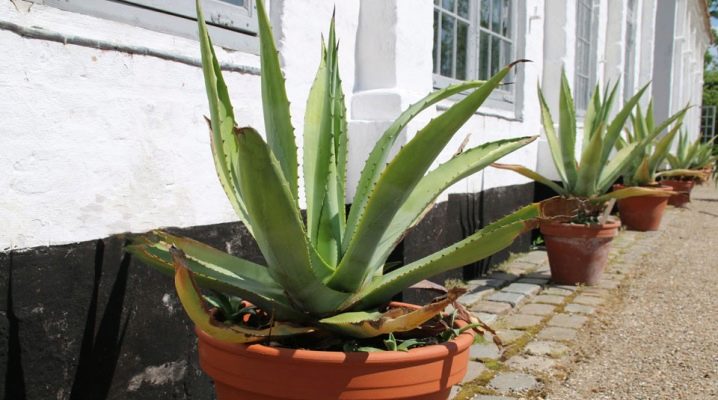
American agave is a stemless perennial rosette plant that is a relative of crops such as cactus or aloe. Even in ancient times, this flower was valued for its healing properties. Agave has not lost its fame as a medicinal plant even now, and therefore many people prefer to grow it at home.
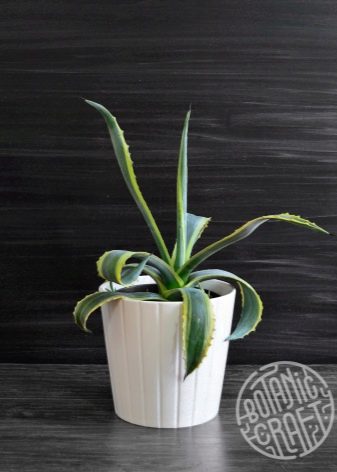

Plant characteristics
At home, in the deserts and rocky regions of Central America, you can find up to 300 species of agave varieties. In Russian conditions, it is the American agave that is very popular. The conditions for culture that are closest to the natural environment can be created in our country only in the Crimea; in other regions, agave can only be grown at home or in a greenhouse.
The plant has practically no stem. Rather, in fact it is, but so short that it is not visible. The transverse diameter of the variety reaches 3-4 m. Agave has green leaves, sometimes variegated specimens are found. Young plants may have pointed tubes at the tips of the leaves. The peduncle is an arrow 6-12 m long, up to 17 thousand very small yellow-green flowers may appear on one specimen.
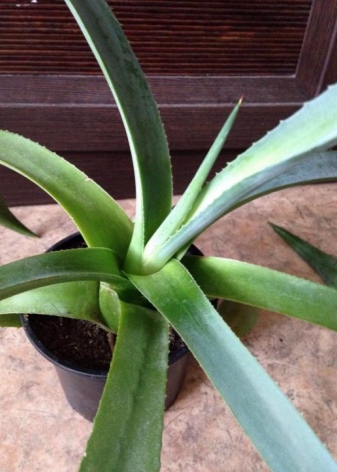
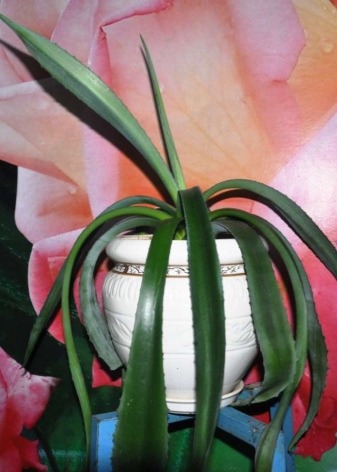
A feature of the species is the ability to store water, due to which the plates are thick and fleshy.
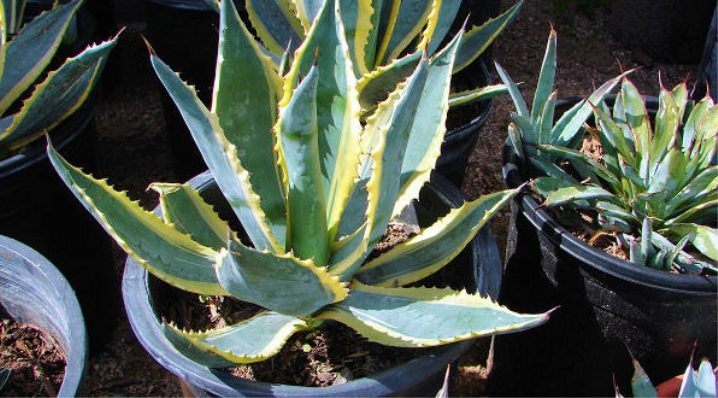
Application
In America, India, Sri Lanka, the culture is grown for medicinal purposes. In addition, the leaves can be used for household tasks or cooking. Agave can be used to make rugs, paper products, and ropes. From the sap of the plant, pulque and mezcal are prepared - alcoholic beverages.
For medicinal purposes, agave can be used as a laxative., the effect occurs within 8-10 hours after using the drug. In addition, the plant possesses bactericidal, analgesic, antipyretic properties. Agave is able to have an expectorant and anti-inflammatory effect. The plant contains elements of anordrin and dynordrin, which have a contraceptive effect.
Due to its soothing qualities, the plant can have a positive effect on neuralgia. In addition, agave has a beneficial effect on metabolism, removes excess fluid from the body, promotes high-quality wound healing, and stabilizes the functioning of the mammary glands and gallbladder.
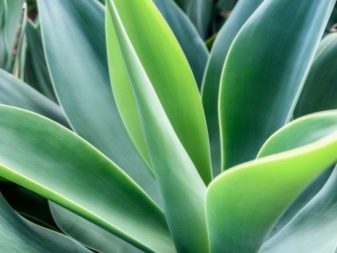

How to plant?
Planting (reproduction) of agave is possible in three ways. If the method of planting by seeds is chosen, then the optimal time for this is the middle of winter. Deepen the seed 1 cm into loose soil and arrange a kind of greenhouse on top of the container. You can use, for example, transparencies or glass.
After a couple of weeks, the first shoots will begin to appear, and by the end of the third month, three leaves may appear. After about three weeks, a rosette is formed. The method of sowing with seeds is good for its simplicity, but its disadvantage can be considered the inaccessibility of seeds. At home, the plant rarely blooms, so it is quite difficult to get grains on your own.
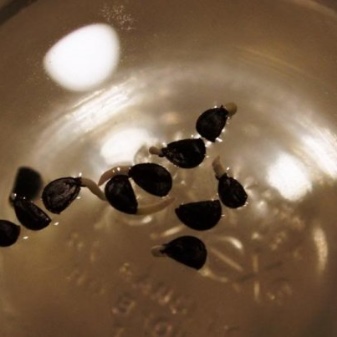
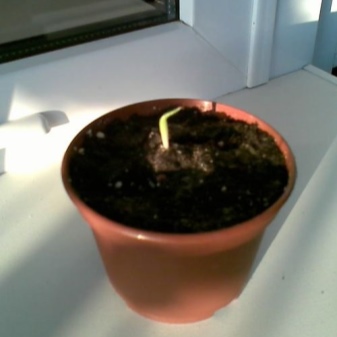
Another planting method is planting cuttings. After choosing this method, follow these steps:
- cut a leaf at the base of an adult specimen;
- dry the cutting in the fresh air for 12 hours;
- plant the sprout in the sand and cover with transparent material;
- as soon as a few leaves appear, the shoot can be transplanted.
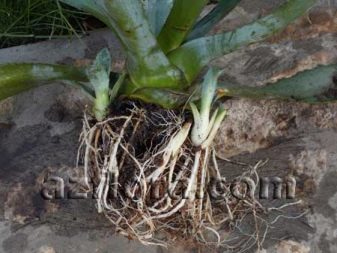
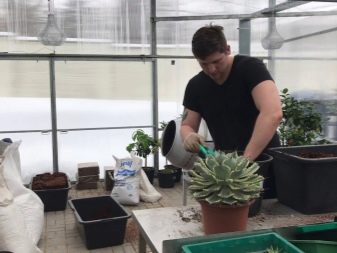
Cutting is a fairly popular breeding method, this planting contributes to full development and rapid growth.
The most widespread breeding method is “babies”. They can be seen on the side of the plant or nearby. The offspring must be carefully cut off, left for a day in the fresh air and planted in a separate container. It is not necessary to arrange greenhouse conditions using film or glass. Having planted "babies" or cuttings, remember that the sprouts need fairly rare moisture.
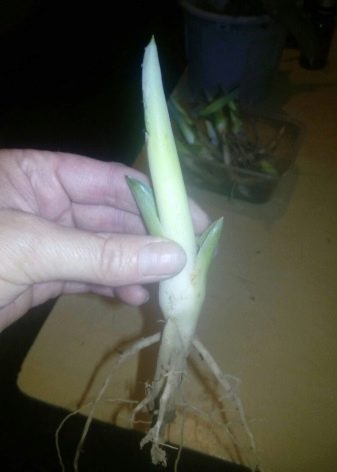
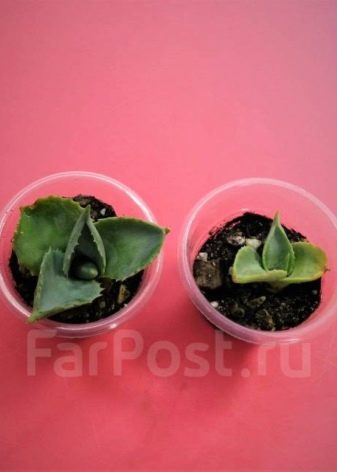
Care
After planting an agave in a pot, follow these guidelines when leaving.
- Provide good lighting for the plant. It should be a sunny spot on the south window. Agave does not feel well in the shade, its leaves become lifeless. The optimum temperature for keeping the culture at home is + 18 + 28 degrees. In summer, it is allowed to plant a specimen in open ground, but only if the air temperature is at least +10 degrees. Lower temperatures can kill the plant.
- Agave is indifferent to moisture and perfectly tolerates dry time, however, it is very important to follow the sheet wiping procedure. The fact is that the dust settling on the leaf plate negatively affects vital processes, does not allow to breathe fully, therefore, regular cleaning of the leaves is a prerequisite for growing agave.
- Pay particular attention to the watering regime. The plant needs moisture only if the top layer of the soil is completely dry. In the colder months, watering the crop once a month is sufficient.
- As a fertilizer, the use of mineral mixtures for succulents with a low nitrogen content is required. Keep track of portions and frequency of feeding. Overfeeding agave threatens to weaken the immune system, which, in turn, provokes the formation of diseases and pest attacks.
- Each year, a young specimen needs to be replanted.... For a grown plant, it is enough to carry out the transplant procedure every two to three years. During transplantation, it is important to leave the root collar above the surface to prevent decay processes. After transplanting, the root system is not compacted with soil, but pressed down with stones. The most preferred version of the soil mixture is prepared from equal parts of leafy soil, humus, sand and twice as much sod land.
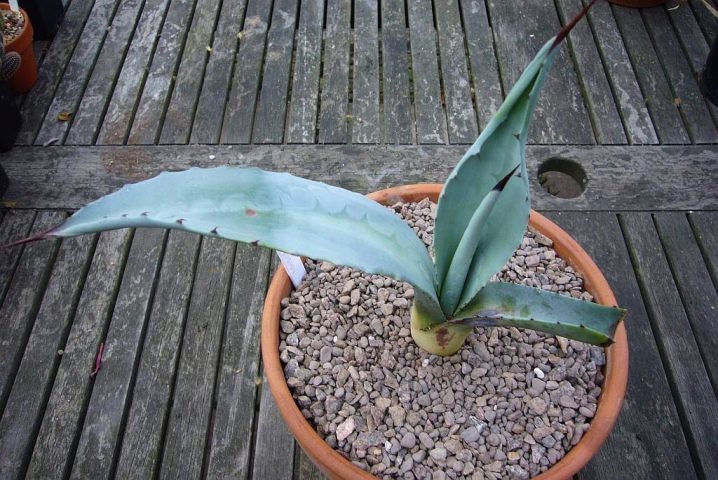
Diseases and pests
The fight against diseases and harmful insects deserves special attention. Most of all, thrips and scale insects love to feast on American agave. Usually individuals are visually noticeable. They can be removed mechanically with a cotton swab soaked in alcohol. If the culture is completely affected by insects, then the drug "Actellik" will help to correct the situation.
Some growers prefer to get rid of pests using folk recipes. For example, you can mix minced garlic, soap and water and wipe the plant with the resulting substance. Of the diseases, agave is most often affected by fungi and various types of rot. Brown and black spots with jagged edges indicate the disease.
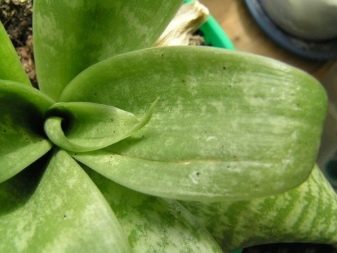

To get rid of the disease, it is recommended to use fungicides.
For even more information on the American agave, see the video below.


















































The comment was sent successfully.